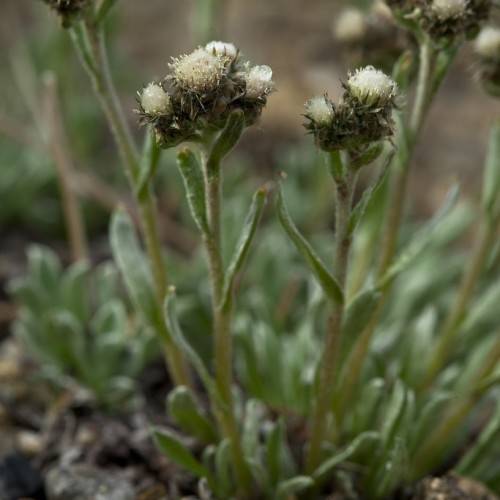
Fries' Pussytoes
Antennaria friesiana
Watering:
Minimal
Hardiness Zone:
Sun:
full sun,part shade
Leaf:
Yes
Growth Rate:
Low
Drought Tolerant:
Yes
Salt Tolerant:
Yes
Care Level:
Low
watering
Fries’ Pussytoes should be watered once per week, in the morning. Make sure to use low-pressure water with a soft sprinkler or a watering can with a fine rose. It is important to ensure that the soil is kept moderately moist, but not overly wet or soggy. During the heat of the summer, if the soil begins to dry out quickly, you may need to water the plant more often. Excessively dry soil can cause the leaves to turn yellow and curl. If the plant shows signs of distress due to too much water, stop watering and allow the soil to dry out.
sunlight
Fries' Pussytoes, or Antennaria friesiana, requires at least 6 hours of direct sunlight each day to thrive. If it is grown in an area with minimal or no shade, it should be placed in partial shade during the hottest part of the day (roughly between 10 a.m. and 3 p.m.). In more temperate climates, it will grow well in full sun positions. This plant should not be exposed to direct, hot, afternoon sunlight for more than 4 hours per day, as this could cause leaf scorching. The amount of sunlight required will also depend on the climate and soil quality as well as other environmental factors. It is important to keep in mind that the more sunlight this plant species receives, the better it will grow.
pruning
Fries' Pussytoes should be pruned annually in the spring. Prune away any dead or damaged foliage, flowering stems, and the spent blooms. That will help to keep the plant looking its best and encourage fresh growth in the spring. Make sure you use sharp, clean pruning tools to prevent tearing and possible infection. Also, avoid pruning too aggressively or you may damage the plant. Pruning too much can weaken stems and delay flowering.
